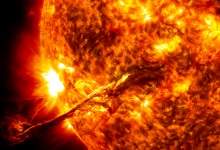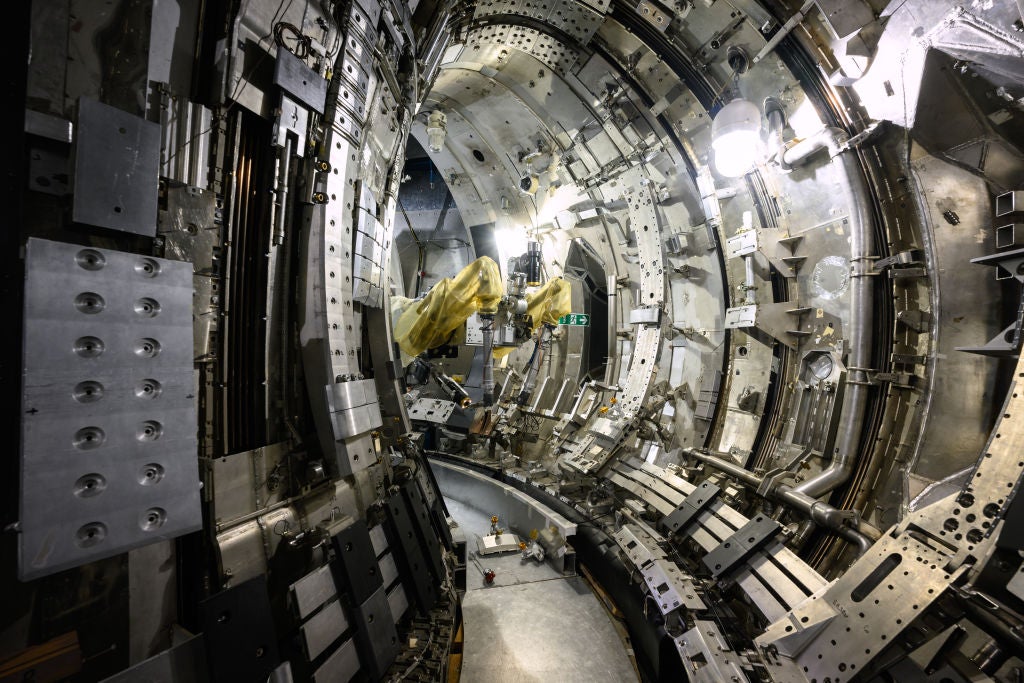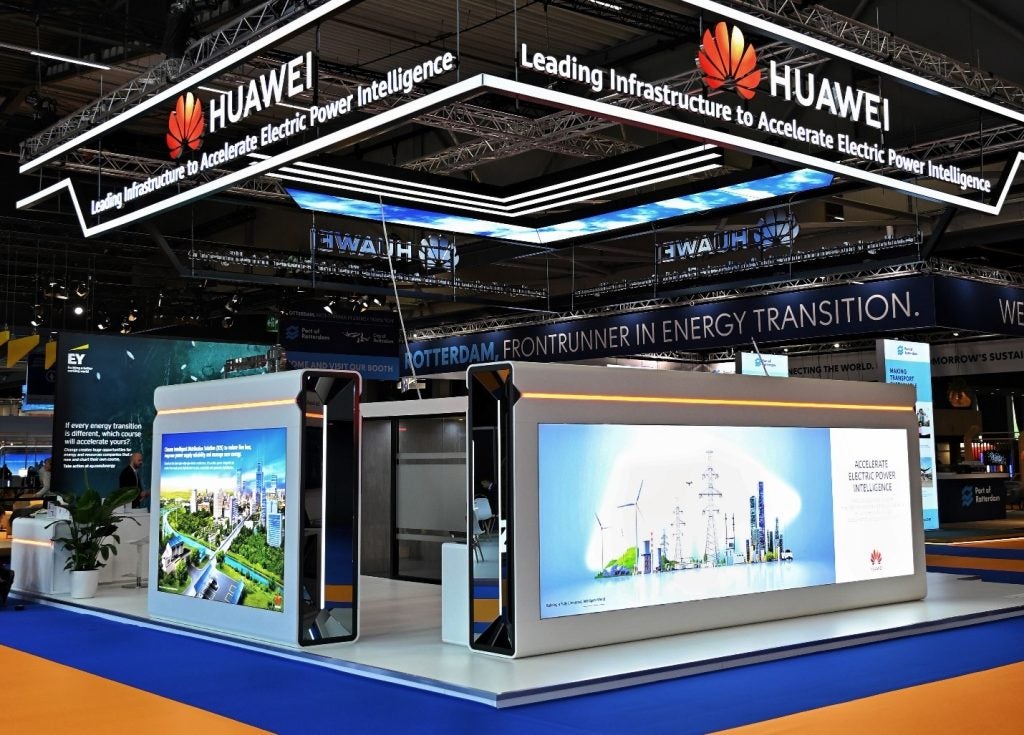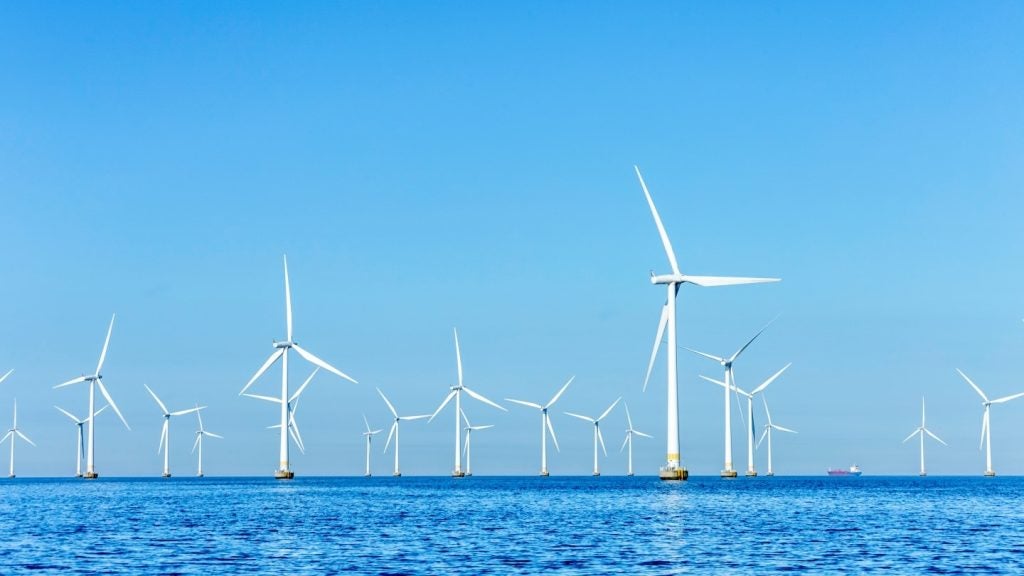

Clean, safe and in infinite supply. In terms of answering the modern energy needs, nuclear fusion ticks all the boxes. The problem is that while the concept goes back all the way back to Einstein’s E=MC2 equation and research has been conducted for more than six decades, with the forever promise of success being 30 years away attached, it is not a feasible option.
Whether pinched or punched, the process of fusion, the same process that powers the Sun and many other stars in the galaxy, provides hope, at arm’s length.
Earlier this month, that hope moved a little closer when it was revealed that Alpha heating of a hydrogen isotope fuel source had been achieved by the Lawrence Livermore National Laboratory (LLNL). Within the 10-storey Nuclear Ignition Facility in California, a team of scientists from LLNL turned on the world’s most powerful laser, split the beam into 192 separate beams and aimed each one at a target that shared both the size and shape of a pencil rubber that contains light-massed hydrogen isotopes deuterium and tritium, which when fused, produce helium and energy.
While the experiment might sound like the most elaborate and expensive physics lesson prank in history, its purpose was entirely practical; to prove that the nuclear fusion process can put out more energy than is put into it.
Getting more from less
And it did just that. In a paper published earlier this month in the peer-reviewed journal Nature, the team led by Omar Hurricane announced that the billionth-of-a-second assault had resulted in the fuel pellet producing roughly double the amount of energy that it had absorbed.
See Also:
The success of the experiment is an exciting step forward in the research arena as it marks the first time that such a feat, making more energy out of less, has been achieved. But that success does not come caveat-free. In terms of the overall energy that was expended in the experiment, a large amount of the laser beams missed the target; the amount generated was equivalent to just 1 per cent of all the energy expended.
How well do you really know your competitors?
Access the most comprehensive Company Profiles on the market, powered by GlobalData. Save hours of research. Gain competitive edge.

Thank you!
Your download email will arrive shortly
Not ready to buy yet? Download a free sample
We are confident about the unique quality of our Company Profiles. However, we want you to make the most beneficial decision for your business, so we offer a free sample that you can download by submitting the below form
By GlobalDataA Nasa-funded research programme is testing whether nuclear fusion could propel a spacecraft to Mars.
But Hurricane is not dismayed: "We’re closer than anyone’s gotten before. It does show that there’s promise. This isn’t like building a bridge. This is an exceedingly hard problem. You’re basically trying to produce a star, on a small scale, here on Earth."
He analogised the challenge with another human endeavour: "Picture yourself halfway up a mountain, but the mountain is covered in clouds and then someone calls you on your satellite phone and asks you, ‘How long is it going to take you to climb to the top of the mountain?’ You just don’t know."
Since it was published, the paper detailing the experiment within the NIF has received huge praise from the scientific community and been heralded as a significant milestone in the pursuit of turning nuclear fusion into a viable energy source. At the same time, it has also been put into context, with scientists calculating that it still has to improve by a factor of 100 before it can start to be considered viable.
A significant step forward
Stewart Prager, director of the Princeton Plasma Physics Laboratory, is certain that fusion will emerge from the lab to the grid, but less sure about the economics that will underpin it.
He said: "In 30 years, we’ll have electricity on the grid produced by fusion energy, absolutely. I think the open questions now are how complicated a system it will be, how expensive it will be, how economically attractive it will be."Mark Herrmann, a fusion researcher at Sandia National Laboratories in New Mexico, said: "These results are still a long way from ignition, but they represent a significant step forward in fusion research."
Professor Steve Cowley, head of Culham Centre for Fusion Energy, praised the results of the experiment: "This is a truly excellent paper that begins to get at the core problems that NIF has – instability of the capsule containing the fusion fuel as it is compressed by lasers."
Explaining where it might lead, he said: "At the moment the situation is that if they push the laser hard enough to get ignition the capsule will become unstable so the best energy yield is from pushing less. There are two possible solutions, a bigger laser pushing slowly, or an innovative capsule that can be pushed hard and still remain roughly stable.
At the same time as researchers at the Nuclear Ignition Facility are trying to make fusion a reality with a well-aimed punch, Cowley and his team are taking a different approach at the Joint European Torus (JET). Using a powerful arrangement of magnets around a doughnut-shaped container called a Tomakak, the magnetic-confinement method of fusion involves fusing hydrogen into helium by pinching them together.
Cowley explained that while the methods of fusion at both facilities differ, progress in either one is good for fusion research as a whole: "We have waited 60 years to get close to controlled fusion, we are now close in both magnetic and inertial confinement research."
International powers join forces
As for where the big breakthrough will occur, Cowley is confident that it will be at the successor to JET. The International Thermonuclear Experimental Reactor or ITER is currently being built in the south of France with funding provided by the EU, Russia, China, India, South Korea, Japan and the United States.
While a fixed timeline on the viability of fusion should be treated with caution, ITER has set a fixed target of 2027 to achieve full nuclear fusion. Expressing his confidence in the project, Cowley said: "We must keep at it. The engineering milestone is when the whole plant produces more energy than it consumes, ITER, the successor to JET, will be the first experiment to do this. ITER is going slowly but progress is happening."
Ever since it was first touted as a revolutionary energy source, nuclear fusion has been surrounded with an air of scepticism, exemplified by the joke, "nuclear fusion is 30 years away and always will be". While that legacy is likely to endure until a more substantial breakthrough is achieved, the team in California have drawn strength from their finding, or in Hurricane’s words: "A lot of people are jazzed".


.gif)




